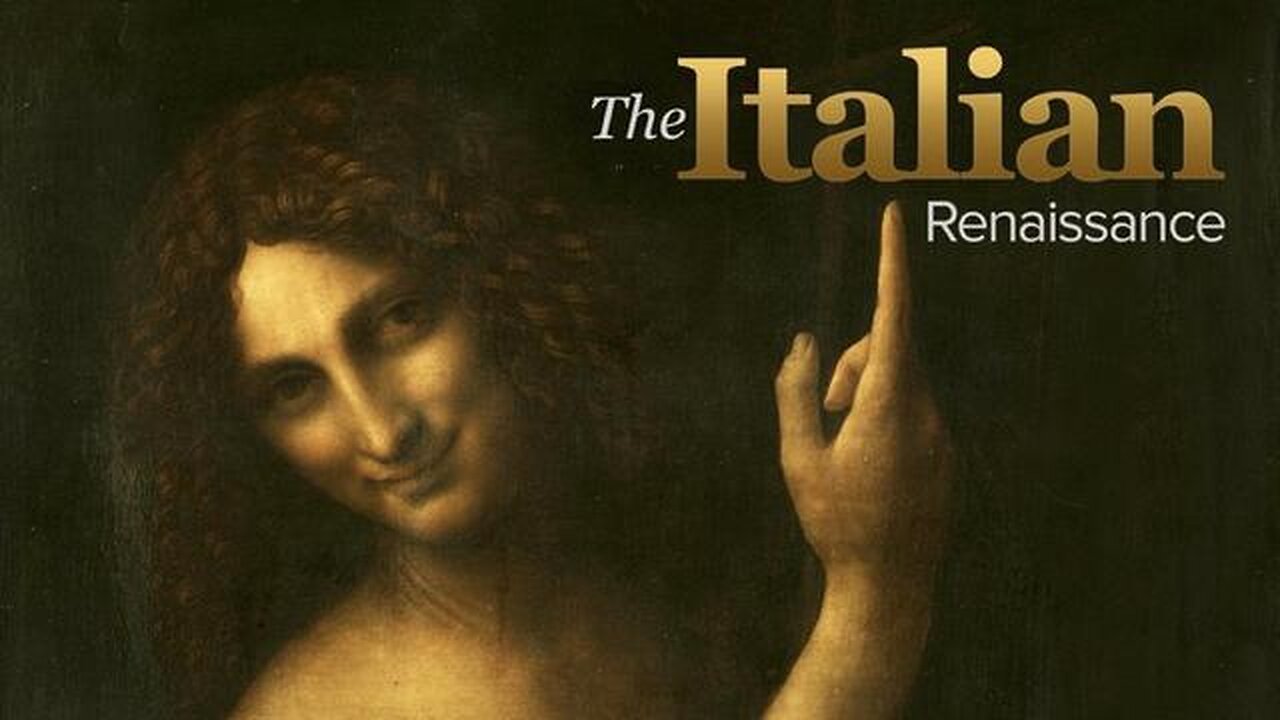Premium Only Content

The Italian Renaissance | The Monarchy of Cosimo I (Lecture 32)
Lecture 32: When 19-year-old Cosimo de’Medici (1519−1574) was installed as prince in 1537, many assumed that the architect of his victory, Guicciardini, would be the chief advisor to the inexperienced young prince. But as soon as he was installed, Cosimo decided to rule personally and dismissed the influential politician. A revolt led by patrician exiles followed but was brutally suppressed after the Battle of Montemurlo in 1537. Cementing his regime by allying with the Habsburg emperor Charles V, Cosimo married Eleonora of Toledo (d. 1562), daughter of the rich and influential Spanish viceroy of Naples.
He enlarged the Florentine state through the conquest of Siena with Spanish help in 1557. And, in 1569, he was invested with the title of grand duke of Tuscany by the pope. Cosimo’s intention was to build a centralized, despotic monarchy on the ruins of the republic. The patrician families were offered titles and attached to his court; he created orders of knighthood; and he initially turned the symbol of republican government, the Palazzo della Signoria, into his palace, before moving into the Palazzo Pitti to house his large family and increasingly elaborate court. He provided patronage to artists, including Giorgio Vasari (1511−1574), who designed the Uffizi; Bernardo Buontalenti (c. 1531−1608), and Bartolommeo Ammanati (1511−1592). The Florentines had lost their freedom but had achieved stability in return.
Secondary Sources:
Christopher Hibbert, The House of Medici: Its Rise and Fall.
Michael Levey, Painting at Court.
Supplementary Reading:
Eric Cochrane, Florence in the Forgotten Centuries, 1527−1800.
Lecture 33: https://rumble.com/v4yw98k-the-italian-renaissance-guicciardini-and-the-history-of-italy-lecture-33.html
-
 30:17
30:17
The Great Courses
1 month agoDecisive Battles of World History | 1942 Midway - Four Minutes Change Everything (Lecture 34)
160 -
 2:11:10
2:11:10
Matt Kohrs
11 hours agoTrump Tanks Stocks, Breaking Market News & Payday Friday || Live Trading
13.8K1 -
 13:42
13:42
China Uncensored
13 hours agoChina's Invasion Has Begun
7.22K18 -
 LIVE
LIVE
Wendy Bell Radio
6 hours agoBUSTED
8,036 watching -
 LIVE
LIVE
JuicyJohns
2 hours ago $0.90 earned🟢#1 REBIRTH PLAYER 10.2+ KD🟢$500 GIVEAWAY SATURDAY!
75 watching -
 4:02:39
4:02:39
The Bubba Army
1 day agoHulk Hogan had Leukemia? - Bubba the Love Sponge® Show | 8/01/25
84.4K5 -
 18:36
18:36
DeVory Darkins
10 hours ago $6.83 earnedTrump scores MAJOR WIN with Americas youth as Biden drops HORRIBLE speech
29.5K43 -
 14:13
14:13
Clickbait Wasteland
16 hours ago $5.70 earnedAsking New Yorkers Who they Support for Mayor: Harlem
49.3K37 -
 19:55
19:55
The Rad Factory
18 hours ago $2.88 earnedCan I Fix My Fire Damaged F1 Car?
33.8K4 -
 1:26:22
1:26:22
Dialogue works
2 days ago $1.65 earnedScott Ritter: Russia Just DEFIED the U.S.: We'll End the War on OUR Terms!
17.6K15